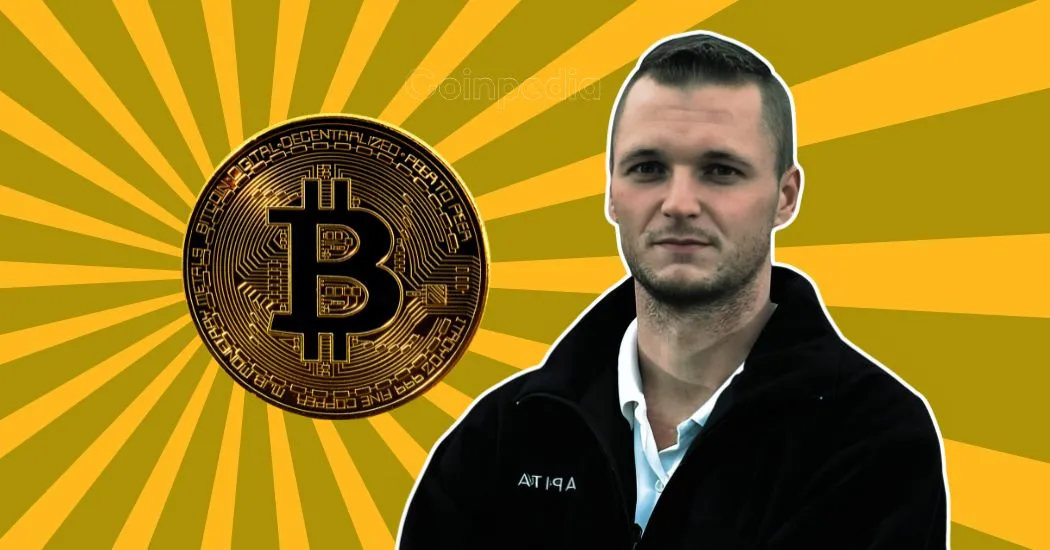The Unyielding Quest to Recover Lost Bitcoin: James Howells’ $75 Million Plan
In the world of cryptocurrencies, tales of lost fortunes and dramatic recoveries often capture public imagination. Among these stories, James Howells’ decade-long battle to retrieve his lost Bitcoin, potentially worth hundreds of millions of dollars, stands out not only for the sheer value involved but also for the innovative strategies he is pursuing. His new $75 million plan to tokenize a significant portion of his lost Bitcoins represents an intersection of technological ingenuity, financial innovation, and personal resolve that warrants deeper examination.
Background: A Fortunate Loss Turned Legendary Quest
James Howells is known as the man who accidentally discarded a hard drive containing 8,000 Bitcoins around ten years ago. At today’s values, those coins could be worth upwards of £600 million (roughly $750 million). The hard drive ended up in a Newport landfill, making its recovery an extremely challenging logistical and financial prospect. Despite the passage of time and difficulties posed by urban development and environmental regulations, Howells has remained steadfast, as his efforts to raise capital for excavation indicate.
The $75 Million Tokenization Strategy: A New Financial Approach
Rather than seeking traditional venture capital or crowdfunding, Howells is embracing tokenization—a process of converting ownership rights in an asset into digital tokens on a blockchain. His plan involves issuing tokens that represent a fractional claim on the Bitcoins he aims to recover once the hard drive is found.
This approach has multiple innovative elements:
– Decentralized Investment Model: Tokenization allows a broad pool of investors worldwide to participate in the funding effort, democratizing access to an opportunity once reserved for wealthy private investors or institutions.
– Liquidity and Tradability: Unlike conventional fundraising, tokens can be traded on secondary markets, providing liquidity to investors who may wish to exit before the full recovery.
– Alignment of Interests: Investors share the upside of the excavation success, fostering a collaborative and incentive-aligned community around the project.
However, tokenizing an uncertain asset—one whose recovery is neither guaranteed nor easily measurable—raises complex legal, regulatory, and valuation questions.
Challenges in Recovery: Environmental and Regulatory Obstacles
The Newport landfill, where Howells’ hard drive is believed to rest, is subject to imminent closure and environmental scrutiny. Any excavation must balance:
– Environmental Impact: Digging up a landfill carries significant ecological risks, including contamination and disruption to nearby communities.
– Regulatory Approvals: Authorities require detailed plans and risk assessments before granting excavation permits.
– Technical Feasibility: Even locating the correct site within millions of tons of waste poses an immense technical challenge. There are no guarantees the hard drive remains intact, nor that the data can be retrieved if it is found.
Howells has reportedly offered to finance the entire excavation and, intriguingly, share 25% of recovered Bitcoin value with the city, suggesting a strategic partnership model to ease approvals and offset public concerns.
Market Relevance and Broader Implications
This saga has drawn attention not only for its human drama but also its impact on the broader cryptocurrency ecosystem:
– Investor Psychology: High-profile stories like Howells’ can fuel speculative excitement but also highlight the perils of physical asset storage in the crypto world.
– Innovation in Digital Asset Recovery: The blending of physical recovery operations with blockchain tokenization could pioneer new avenues for dealing with lost or inaccessible digital assets.
– Energy and Environmental Context: At a time when jurisdictions such as Kuwait are cracking down on crypto miners to curb electricity consumption, Howells’ story touches on emerging tensions between digital finance and environmental sustainability.
Conclusion: A Testament to Persistence and Innovation
James Howells’ decade-long pursuit to recover his lost Bitcoins encapsulates more than a personal quest for fortune; it is a vivid example of human determination intersecting with cutting-edge financial innovation. His $75 million tokenization initiative signifies an adaptive, community-driven approach to a problem steeped in uncertainty and complexity.
Whether or not the excavation ultimately succeeds, Howells’ strategy highlights how digital transformation can reframe traditional fundraising and asset recovery challenges. His story underscores the risks and rewards entwined within the rapidly evolving world of cryptocurrency, offering inspiration—and caution—for investors and enthusiasts alike.




